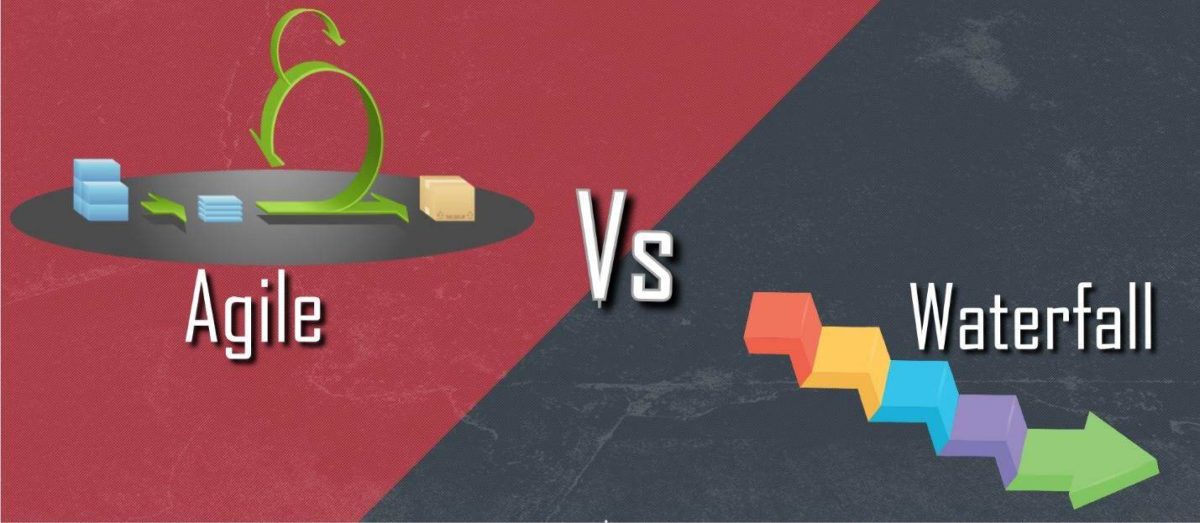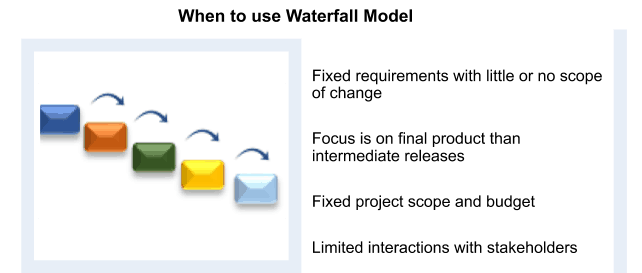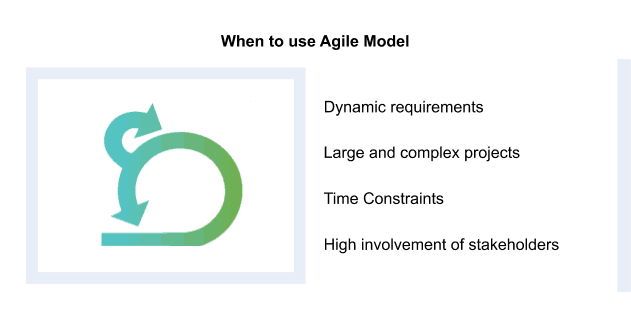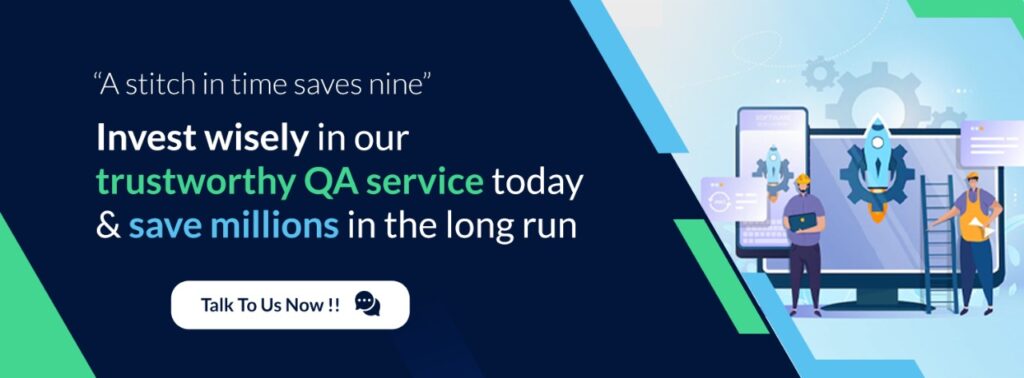
The software development process is a series of well-planned activities that outlines a detailed plan from conception to realization of the project. There are a number of methodologies (or models) that can be employed for software development. Each of these has its own benefits and limitations. The choice of the right methodology for project execution is a key decision for operations.
In this article, we will outline the differences between Waterfall and Agile model.
The waterfall model, also known as the classic life cycle model, is a traditional linear approach. The whole process is divided into a sequence of phases/stages, namely, feasibility study, requirements analysis, planning, design, development, testing, deployment, and maintenance. The development team adheres to these pre-defined phases. Typically, a phase has to be completed successfully before the team moves onto the next one. There is no overlap of phases.
The agile development model is iterative and incremental. It revolves around collaboration, transparency, flexibility, and responsiveness to feedback throughout the software development lifecycle. It is a customer-centric approach that delivers a high-quality deliverable in a short time. It is a fast, adaptable and efficient approach that facilitates early detection of bugs, thereby reducing the cost and effort by fixing them early in the development cycle.
| Waterfall | Agile | |
| Approach | Sequential | Incremental |
| Focus | Product centric | Product & Customer-centric |
| Process breakup | Phases | Sprints/Iterations |
| Process | Rigid | Adaptive |
| Requirements | Definitive | Evolving |
| Team composition | Specific roles | Cross-functional |
| Timeline | Fixed | Flexible |
| Testing phase | Post-build | Concurrent |
| Test Plan review | Limited to the testing phase | Sprint wise |
| Regression testing | Once(post feature testing) | Done with every iteration |
| Stakeholders’ involvement | During Requirement Analysis & UAT Phase | Throughout the project |
| Product delivery | End of timeline | Iterative |
| Documentation in Initial Stage | Detailed | Limited |
The factors highlighted above can be assessed on a need basis to suit the type of project under development. The waterfall model, though traditional, has its own benefits and cannot be completely ruled out. However, organizations are increasingly employing an agile approach towards software development. There may be cases where a hybrid approach may work too.


Conclusion
The choice of development model has a direct impact on the testing process. It is a decisive factor in test planning i.e. when and how the testing will be carried out.
Webomates platform is applicable to projects with waterfall development as well as an agile development model. Its usage-based model gives full flexibility to our customers. Our 24-hour execution model using multiple channels is unique in itself, thus providing an edge when it comes to comprehensive testing. We provide a Quality check report with triaged defects within 24 hours of test execution.

We at Webomates, are committed to quality and attach the utmost importance to Quality Assurance and Control. We continuously work to evolve our platform & processes in order to provide guaranteed execution, which takes the testing experience to an entirely different level, thus ensuring a higher degree of customer satisfaction.
If you are interested in learning more about Webomates’ CQ service please click here and schedule a demo or reach out to us at info@webomates.com
Test Smarter, Not Harder: Get Your Free Trial Today!
Start Free Trial
Leave a Reply